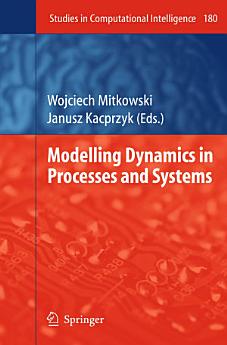Modelling Dynamics in Processes and Systems
Información sobre este eBook
A convenient tool to deal with dynamics and its related evolution over time is to use the concept of a dynamic system which, for the purposes of this volume can be characterized by the input (control), state and output spaces, and a state transition equation. Then, starting from an initial state, we can find a sequence of consecutive states (outputs) under consecutive inputs (controls). That is, we obtain a trajectory. The state transition equation may be given in various forms, exemplified by differential and difference equations, linear or nonlinear, deterministic or stochastic, or even fuzzy (imprecisely specified), fully or partially known, etc. These features can give rise to various problems the analysts may encounter like numerical difficulties, instability, strange forms of behavior (e.g. chaotic), etc.
This volume is concerned with some modern tools and techniques which can be useful for the modeling of dynamics. We focus our attention on two important areas which play a key role nowadays, namely automation and robotics, and biological systems. We also add some new applications which can greatly benefit from the availability of effective and efficient tools for modeling dynamics, exemplified by some applications in security systems.









